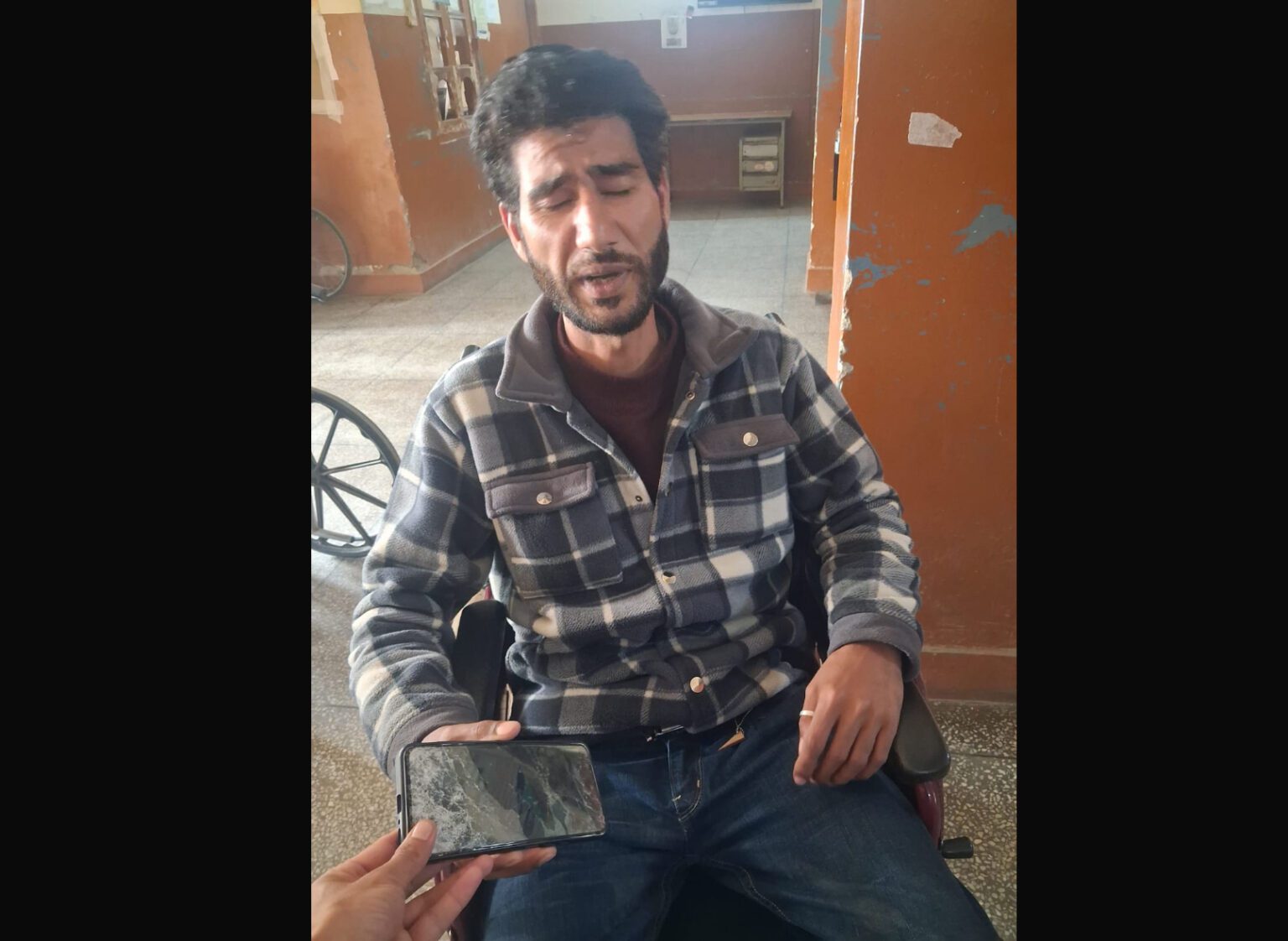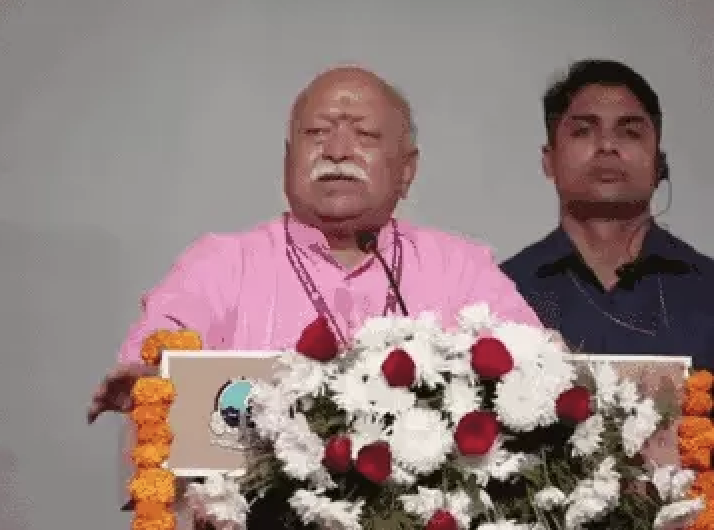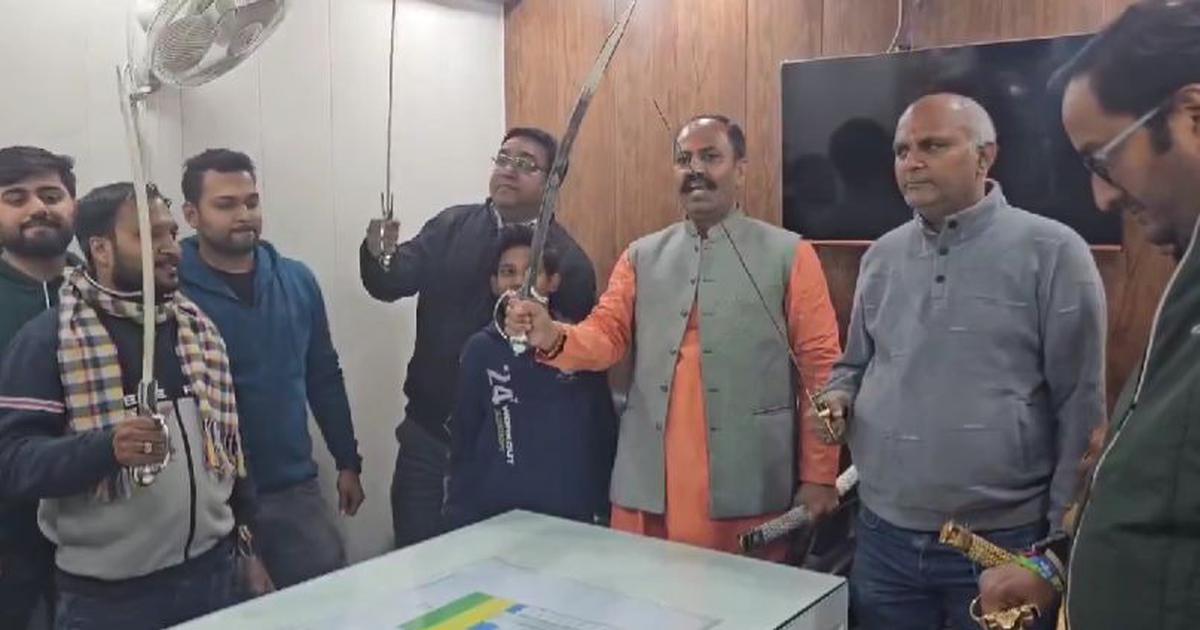DK Singh

New Delhi: With Hindu seers reviving the demand for the removal of mosques from “holy sites” in Kashi (Varanasi) and Mathura, the Rashtriya Swayamsevak Sangh (RSS) is inclined towards re-thinking its decision not to get involved in any Ayodhya-like movement in the future.
The Akhil Bharatiya Akhada Parishad (ABAP), an apex body of 14 akhadas or organisations of saints and seers, passed a resolution in Prayagraj Monday to “liberate Kashi and Mathura” by removing the two mosques. The ABAP sought the support of the RSS and its affiliate, the Vishva Hindu Parishad, which had launched the Ram Janmabhoomi Temple movement in the 1980s.
The movement led to the demolition of the Babri Masjid in 1992, and the Supreme Court awarded the disputed site to the Hindus for the construction of the Ram Temple last November.
After getting a favourable verdict in the Ayodhya title suit, RSS chief Mohan Bhagwat had suggested the Sangh was not inclined to push for the removal of the Gyanvapi mosque in Varanasi and the Shahi Idgah in Mathura.
“The Sangh does not get involved in any movement. We work towards character building. In the past, the circumstances were different, resulting in the Sangh getting involved in the (Ayodhya) movement. We will once again work for character building,” Bhagwat had said.
However, Tuesday, a day after the ABAP resolution, the Sangh seemed inclined to re-visit its stated stance on the Kashi and Mathura mosques.
“It will not be our initiative. If the samaaj (society) thinks, we will see,” said a top RSS functionary Tuesday. He maintained that Kashi and Mathura are “not our subject” and the Sangh “will not prod the samaaj”.
But this latest stance on taking a call on the Kashi and Mathura mosques after gauging “what the people think” suggests a nuanced shift from the earlier stance of non-involvement in any Ayodhya-like movement in the future.
Disputes and legal hurdles
The Gyanvapi mosque shares its boundary with the Kashi Vishwanath temple in Varanasi, while the Shahi Idgah is located adjacent to the Krishna Janmabhoomi temple in Mathura.
Hindu seers affiliated to the ABAP claim that these structures were built on the remains of temples that were destroyed during the Mughal era. After the demolition of the Babri Masjid in Ayodhya, VHP activists’ slogan was: “Ayodhya toh bas jhaanki hai, Kashi, Mathura baaki hai (Ayodhya is just a preview, Kashi and Mathura are next).”
While these mosques are back on the radar of Hindu seers and organisations, their removal or change of status is likely to face legal hurdles. The Places of Worship Act, 1991, prohibits conversion of the “religious character” of any place of worship, as it existed on 15 August 1947. All court proceedings regarding any such conversion, except in the Ram Janmabhoomi- Babri Masjid dispute, ceased after the law came into force.
In the Ayodhya ruling, the Supreme Court strengthened the mandate of this 1991 law, making it the constitutional duty of current and future governments to protect other places of worship.
This story first appeared in “The Print” on September 8, 2020 here.







